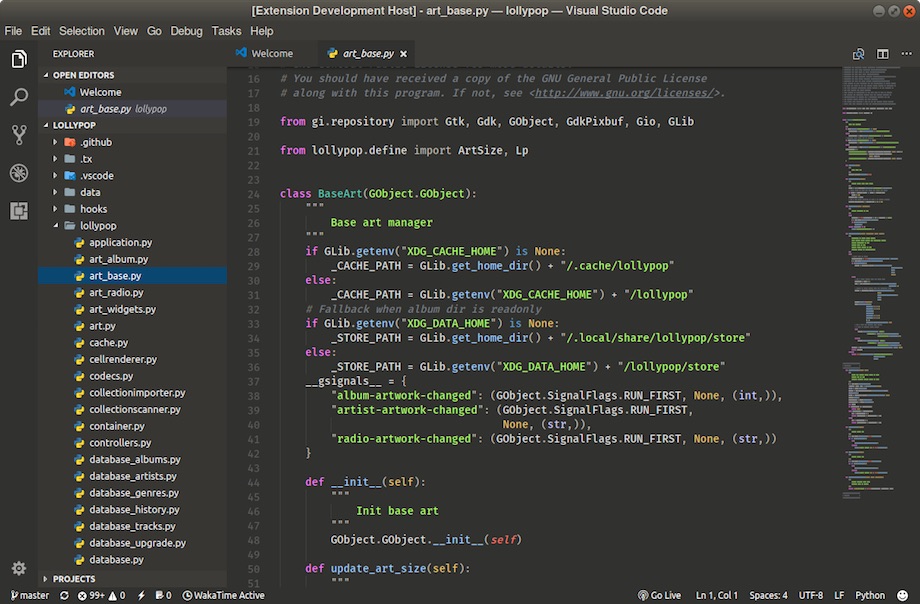


Alternative, you can drag and drop it in this window. The GUI framework can be accessed via the electron.exe file (on Windows only), which brings up a user-friendly interface and shows a command that you can enter in the console to run your app. To distribute your app with Electron, you need to download Electron's prebuilt binaries from this page. Furthermore, you can download Electron API demos from Softpedia, which provide an insight of the basic Electron building features in a highly intuitive and stylish interface, including code snippets and live demos. After making these files, they should be moved to the "electron/resources/app" directory.Ĭomplete Electron documentation and development details can be inspected on GitHub, including a quick start guide and application distribution details. Create native, cross-platform desktop apps with easeĪs far as the structure is concerned, Electron generally consists of three components: package.json (metadata, contains the app name and version), main.js (the main process, which creates windows and handles system-related events), and index.html (GUI, the webpage to display. Besides Windows, compatibility extends to MacOS and Linux. Actually, the developers behind Electron are behind Atom too. Some well-known projects created with Electron are Atom, Nylas N1, GitKraken, GitHub Desktop, and Visual Studio Code, the latter being Microsoft's very own source code editor. It takes advantage of the frontend and backend modules that were originally made for web apps, namely the Node.js runtime and Chromium web browser. Previously known as Atom Shell, Electron is a free and open-source GUI framework that gives developers the possibility to build cross-platforms applications using HTML, CSS and JavaScript code.


 0 kommentar(er)
0 kommentar(er)
